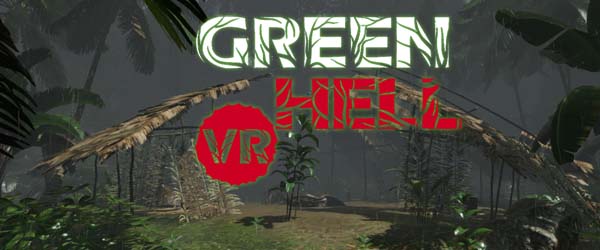
I always have mixed / complicated feelings about survival games. They always seem like a great idea in principle, and I feel like I would really enjoy them for their methodical gameplay oriented around problem-solving (which is one of the reasons I also love classic survival horror games). But when I actually play them, they are often annoying and frustrating, and I have a miserable time trying to learn how the game works.
I think a big part of the problem is that a lot of these games, being modest indie titles, don't have robust tutorials and aren't very good at communicating their gameplay mechanics to the player in an efficient manner. Even when they have tutorials, those tutorials feel like they barely scratch the surface of what the player needs to know. And then you're shoved out into the deep end, having to learn the rules of the game world and the controls for navigating it, while your precious food, water, and energy meters are all depleting. These games are insanely difficult in the early sessions because every new threat or challenge feels like an unfair "gotcha!" from the developers. Once I learn the systems (through lots of frustrating trial-and-error), I find that everything I need is readily available, and most of the fun and challenge of the game gets optimized away, leaving only the tedious chores.
Case in point, figuring out how to save the game in my first couple play sessions with Green Hell VR was a very aggravating experience. I don't recall the game ever telling me that saving requires building certain types of shelters. I assumed the game would autosave every time I slept, and possibly also every in-game day, or every 20 or 30 real-world minutes. So imagine my surprise when I slept, closed the game, and booted it up the next day to find that none of my progress from the previous session had been saved. No, sleeping in just any bed isn't enough to save the game in Green Hell. You need to craft one of 2 or 3 specific shelters, or at a specific landmark.
Saving the game can only be done at dedicated checkpoints, or at a crafted shelter.
Initially, crafting these shelters feels like a relatively daunting task. You need large sticks and palm leaves, both of which are too large and bulky to be stored in your backpack. Scavenging around for them can be time-consuming. They always seem to be everywhere as I'm walking through the jungle, but then nowhere to be found when I try to set up camp. It took me a while to figure out that I could get large sticks by cutting down certain trees, and that palm leaves could be easily cut off of palm trees. I was initially hesitant to use my sharp stones or basic axe to try cutting down these trees because the durability of these tools is so low. So I would wander around looking for loose logs and palm fronds to carry back to camp, all while my health and energy are slowly draining. Logs and leaves were the bane of my existence in the first few play sessions!
I don't have a problem with limiting the ability to save, nor do I have a problem with tying the save functionality to a resource. I've praised Resident Evil for doing those very same things. But Resident Evil at least very clearly explains how saving works, and gives the player an opportunity to save your progress right at the start of the game. The typewriter and an Ink Ribbon are right there in the first room of the game. Green Hell, on the other hand, requires playing through to a particular milestone before you find the first save point, which (depending on how you play) might be hours into the game.
[More]
6f7c7474-ac4b-410e-a7cc-4f2d0c7888d5|0|.0
Tags:Green Hell, Green Hell VR, VR, PSVR2, survival, jungle, Meta Quest 2, protein, carbs, fat, water, fire, animals, mushroom, hunt, crafting, amnesia, medicine, vaccine, anti-vaxxer
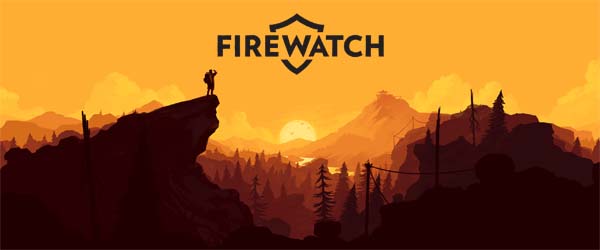
I made it through the big winter game releases, my play-time with Civilization VI's first expansion has slowed down, and the lackluster Green Cities expansion means that I'm not sinking tons of time into Cities: Skylines anymore. This has left me free to finally dive into my Steam back-log once again and try to finally cross off some of the games that have been sitting there for a year or longer. Oh, sure, I have some big games that I'm still playing off and on, like Monster Hunter: World and the 2.0 update of Stellaris, and those reviews will come in time.
Firewatch was released in February 2016, and has been sitting in my Steam library since the summer sale of that same year. I was actually surprised that it had only been two years. I was half afraid that I'd find the game had been sitting around since like 2012 or something like that. Two years isn't that bad, right? I'm not too late to this party, am I?
Firewatch is a summer job to just ... get away from it all.
The life you left behind
Basically, the game is about a middle-aged man dealing with a mid-life crisis. Except that it isn't the stereotypical "mid-life crisis" in which a 40-year-old man goes out and buys a sports car to feel young and "cool" again. In this case, Henry takes a job as a fire look-out at a national park in order to escape the very real life crisis of dealing with his wife suffering from early-onset Alzheimers. He's trying to escape from the very real trauma of losing his wife, Julia. Julia is actually still alive, but the illness means that she isn't the same person, and Henry is struggling with whether he can even stand to visit her anymore, and whether she's effectively "dead to him".
Not only is he losing his wife, but he's also dealing with the guilt and grief of not ever having really given her the life that she wanted. His own selfish desires and apathy meant that they kept putting off having kids, Julia never got to live where she wanted to live and have the job that she wanted to have, and so forth. And now Henry and Julia are suddenly out of time. Not only can he not have the life with Julia that they both want, but he's not young enough to really start over either. He's stuck with the life choices that he's made, and he doesn't want to have to face that.
The game that follows is an exploration of choice, and how a person copes with the consequences of their choices.
There won't always be a "later"...
I'm in my early 30's (a good decade younger than Henry), but I'm starting to get to the age when this sort of thing really hits me hard as well. I'm not 20 years old anymore. I'm becoming very much aware of the ticking clock as well. The pressure to have children soon or accept that we never will weighs on my girlfriend an I. Fortunately, she has a child from a previous relationship, so we did both have the opportunity to raise at least one child together.
My 7-year-old proxy daughter, by the way, asked me who my character in the game is and what he looks like. I told her that he's a "kind of pudgy, balding, middle-aged man with a beard, named Henry." To which she responded, "like you?". Sigh. Yes, sweetie, just like me... [More]
8fc0bb9b-149c-4a34-a9b6-20225c65b05f|0|.0
Tags:Firewatch, Steam, Campo Santa, Panic Inc., walking simulator, indie gaming, mid-life crisis, marriage, time, Alzheimers, dementia, open world, map, compass, cartography, national park, fire, forest, forest fire, nature, road trip, camping
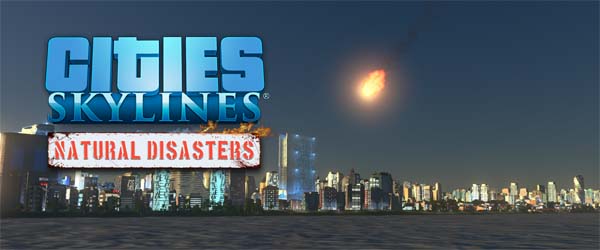
Cities: Skylines has always been a game that takes some different approaches to city builder gameplay. The base game explored how a city's geography can influence the development of the city, and also put a particular emphasis on designing efficient transit infrastructure by allowing the player incredible freedom to construct your own roads, highways, and interchanges, rather than relying on prefab ramps and over/under passes. None of these concepts were new to city builders, but Skylines added nuance to them and made them much more active elements of gameplay.
Its newest expansion DLC, Natural Disasters, follows suit. This is a very difficult expansion to review because its content - by its very nature - is random and unpredictable. Natural disasters aren't new to city builders. Disasters were a popular component of the old SimCity games, as many players enjoyed building up their beautiful metropolises only to unleash earthquakes, tornadoes, meteor impacts, and even alien invasions and dinosaur attacks and watch it all burn. Now Skylines has support for this fan-favorite SimCity feature, but it takes this commonplace feature in some new and interesting directions.
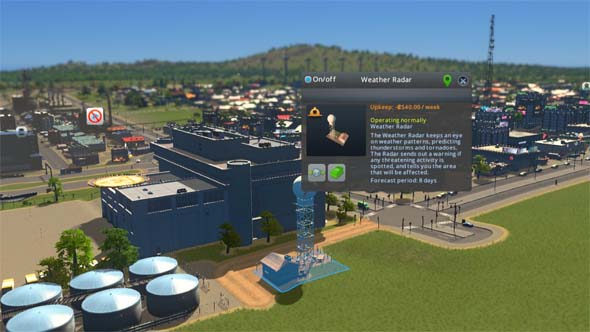
Installing early warning and detection systems will give you advance notice when a disaster is imminent.
Most notably, Cities: Skylines' take on disasters puts emphasis on preparation for disasters, rather than on the chaos of the disaster itself and the clean-up in its aftermath. Like with its SimCity forebears, disasters are something that you can toggle on or off in the game's menu, and you can also adjust their frequency. When enabled, you'll encounter disasters of various flavors ranging from forest fires to lightning strikes, to tsunami and meteor impacts. You'll have to make sure that your city is protected by preventative measures, and that it's protected against these eventualities.
Early-warning systems like firewatch towers, weather radar, and space telescopes can warn you about forest fires, storms or tornadoes, or even incoming meteors (respectively), and can mean the difference between your citizens having enough time to evacuate, or half your population being buried under rubble. You'll need evacuation shelters for you citizens to escape to, and each shelter needs to built long enough in advance for it to be stocked with supplies of food, water, and other essentials (which must be pulled from your city's economy or imported). And lastly, you'll need radio towers to warn your citizens to get to their designated shelters.
Building emergency shelters, stocking them with supplies, and planning evacuation routes will protect your citizens.
You can also create planned evacuation routes similar to bus routes that will pick up residents and take them to a shelter. I had some trouble getting these routes to work properly though. The fact that the buses are dispatched when an evacuation is activated means that they often create a log jam on your roads as they all funnel out of the shelter. I also had issues with the buses apparently not picking up people who were at more distant stops on the route, since the areas along the route that were far from the shelter never managed to evacuate. Maybe there's some trick to getting these routes to work properly that I just haven't found yet. But this does highlight one problem with the expansion: its new systems are not very well documented or explained... [More]
9ae61f59-31e1-483a-bb60-03cd1377e8b2|2|3.0
Tags:Cities: Skylines, Cities: Skylines: Natural Disasters, Colossal Order Ltd., Paradox Interactive, Steam, Steam Workshop, city simulation, DLC, expansion, disaster, natural disaster, emergency, evacuation, fire, earthquake, tornado, meteor, tsunami, flood
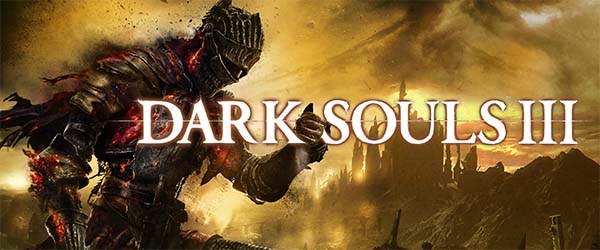
The best strategies for defeating bosses in the Souls games typically involves staying as close as you possibly can to the boss, circling around to their backside, stabbing them in the butt, and rolling under their attacks when necessary. A few bosses in the series will break this convention and force the player to have to find different ways of defeating them. Dark Souls III has one particular boss that makes this go-to strategy almost completely futile. If you're able to circle-strafe around the feet of the King of the Storm boss in Archdragon Peak and then still beat it, then I am impressed.
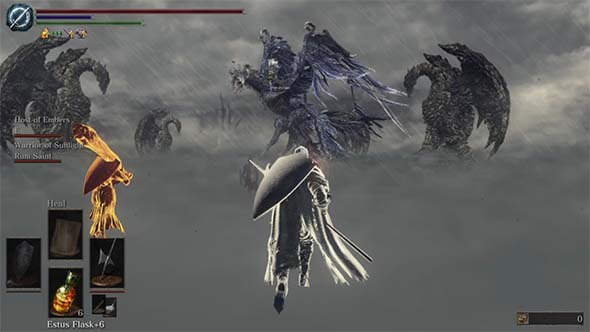
The Nameless King and his storm drake require a different strategy than the typical Dark Souls boss.
Why you should keep your distance
The King of the Storm is one of the rare bosses in the series that actually requires the player to keep your distance from the boss and avoid getting in too close. There are actually quite a few reasons for this, but there are two that stand out as making this boss particularly frustrating for any player who tethers themselves to the boss's feet. The first is that you'll end up forcing yourself into battle with the most ever-present of Souls games' most formidable foes: the camera. Locking onto the enemy is impossible when directly below him, and so you won't be able to see any of what he is doing. He also moves very quickly and can cover a lot of space, so you'll end up spending a lot of time having to micro-manage the camera as you try to manually keep it focused on the dragon.
The second reason is that the dragon has a potent defense against this sort of strategy: its fire breath. If you hang around under the dragon's belly, it won't wait too long before flying up into the air and unleashing an area of effect fire breath attack that can often mean certain death if you get caught in it. Even a health bar that stretches most of the way across the screen can be more than halved simply by being hit with this attack. But that isn't the worst of it. The attack will also knock the player prone, but the fire spray also persists long enough that it can frequently trigger a second hit once you stand up. This second hit will almost certainly kill you.
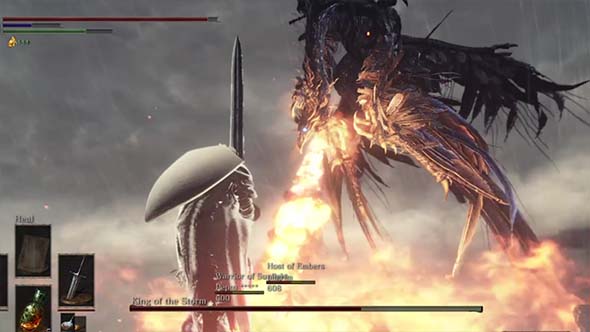
Getting caught in this flying fire breath attack means almost certain death.
These two reasons should be enough to keep you out from under the dragon, but there are other reasons why keeping your distance is the better option.... [More]
52e35771-b1c0-45df-876c-9e3a714fbf13|0|.0
Tags:Dark Souls, Dark Souls III, From Software, Namco/Bandai, Archdragon Peak, Nameless King, King of the Storm, dragon, swordspear, magic, lightning, Lightning Spear, miracle, fire, camera, lore, God of War

Years ago, I wrote a post regarding the nature of Silent Hill's Otherworld and how it is most likely not a parallel dimension. In it, I may have made a significant mistake. Uh oh. Everybody makes mistakes, and I'm definitely not an exception. But no, I haven't changed my mind and conceded to parallel dimensions :P
Specifically, I failed to consider an important piece of evidence, and therefore may have mischaracterized the Lakeview Hotel Otherworld. In that post, I stated that the burnt-out version of the hotel was the Otherworldly-version that had been transformed as a kind of intermix between James' and Angela's Otherworlds. This is not necessarily true.
In fact, the burnt-out, waterlogged version of the hotel may not be the Otherworld at all. It could be the hotel in its natural state. The "normal"-looking version of the hotel may very well be the Otherworld one.
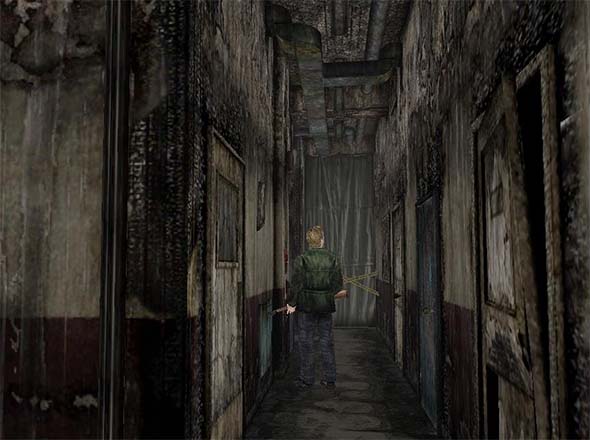
Is the Lakeview Hotel basement an Otherworld? Or is it the real hotel, as it currently exists?
In this post (as in others that I've written), I'm going to use the term "Otherworld" to refer colloquially to the areas of the game that have undergone supernatural transformations that modify the area substantially from its natural state. I still do not believe that the Otherworld is an actual "other world" that exists separately from reality. I still believe that the entirety of the Silent Hill universe (as created by the original developers) exists in our singular, real world, but is transformed via a supernatural force or entity that is native to the region.
Now, let's talk about the Otherworld in Silent Hill 2!
The Otherworld of Silent Hill 2 is a confusing and complicated issue in the series. Unlike the other games, SH2's Otherworld is much more subtle and restrained. This is due to two reasons. First, having a bloody, industrial Otherworld does not fit the story, since SH2 is a melencholy personal tale about James' mental state in the wake of his wife's death. It's not a game about a cult summoning a corrupt god to reshape the world into a hellish paradise.
Secondly, Silent Hill 2 deals - in part - with the state of the town after the events of Silent Hill [1]. Since Silent Hill shows signs of massive renovation and reconstruction efforts, it is reasonable to assume that Silent Hill 2 takes place shortly after the events of the first game (probably within a year or two; maybe even days or weeks), and that the town is still rebuilding from the devastation that it sustained from the first game. The cult has suffered losses in its leadership, a crisis of faith, and is also in a state of rebuilding and recruiting. As such, the cult does not play an active role in Silent Hill 2. With no God or psychic girl around this time to project her nightmares onto reality, the paranormal activity experienced by the characters of SH2 are likely a lingering effect of the spiritual and psychic interference of the first game. Because of this, the manifestations experienced are much more personal and subdued, as the influences must be pulled from the twisted minds of the few characters in the game.
In fact, the general consensus among Silent Hill fans is that SH2 only has between two and four full Otherworld levels... [More]
6637bd7a-f23b-4eae-b81c-c319b1ffd1b3|12|4.8
Tags:Silent Hill, Silent Hill 2, Otherworld, James Sunderland, Lakeview Hotel, Mary Shepherd-Sunderland, Angela Orosco, fire, arson, space heater, delusion
|

| 12 | | | | | | | 60 | | 11 | | | | | | | 55 | | 10 | | | | | | | 50 | | 09 | | | | | | | 45 | | 08 | | | | | | | 40 | | 07 | | | | | | | 35 | | 06 | | | | | | | 30 | | 05 | | | | | | | 25 | | 04 | | | | | | | 20 | | 03 | | | | | | | 15 | | 02 | | | | | | | 10 | | 01 | | | | | | | 05 |
|